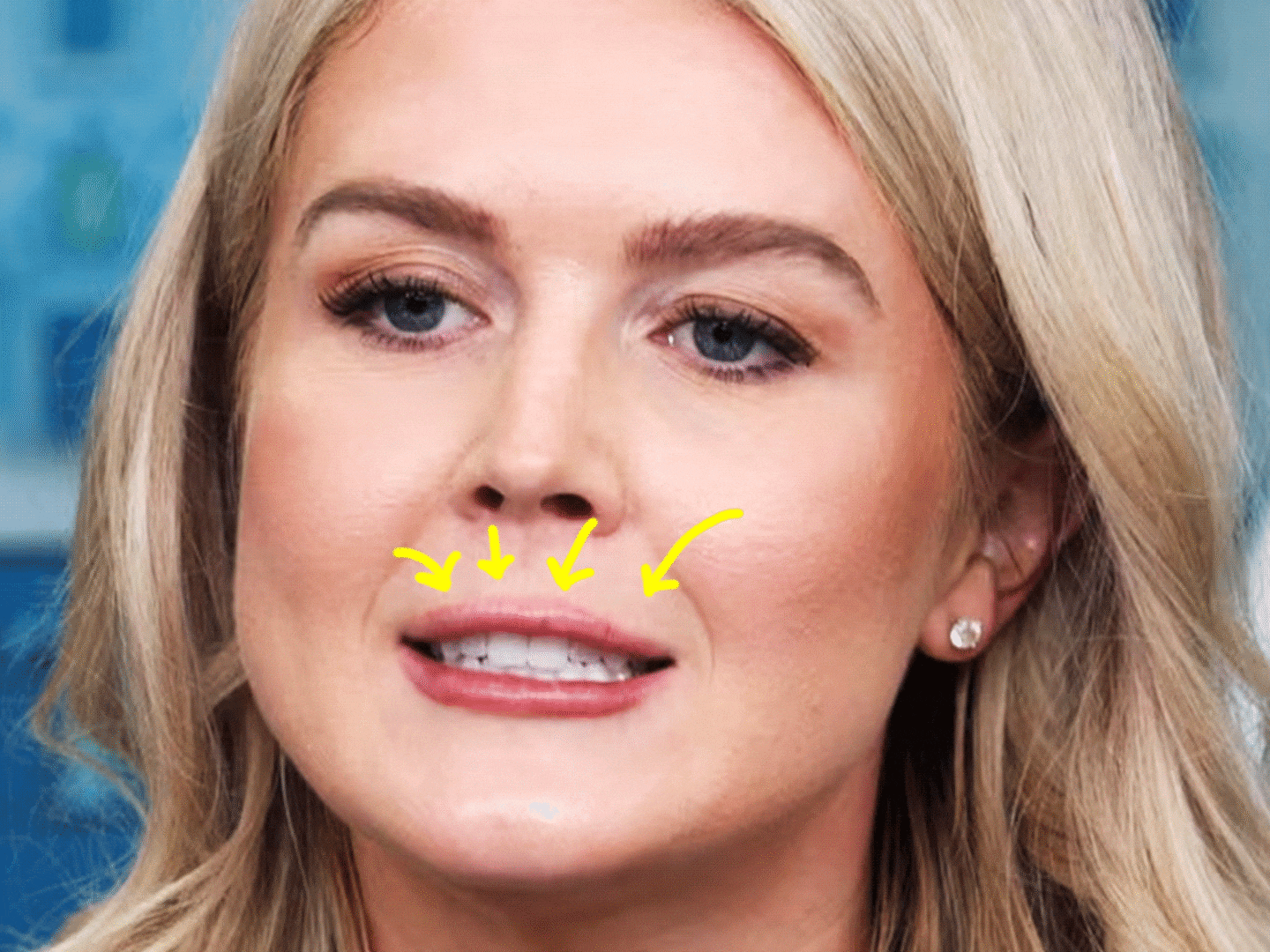It’s all right that Labor Day has become about sales and sailing, about the end of summertime white and the start of whatever fall fashion nonsense trendsetters impose on us. Without being so distracted by the vacation that was and the school year that will be, we might consider this holiday’s true meaning. And, today, the labor movement is about as popular as a sudden thunderstorm during a Labor Day picnic.
Unfortunately, the American labor movement has too often betrayed the American laborer. I write as the outraged son of union members who appreciates the movement’s potential to improve society—but remembers how abused my parents felt by their union leaders’s greed. As a teenager, my upper-middle-class friends loved the labor movement because they lacked any connection to it. As my camp friends enthusiastically sang Woody Guthrie’s “You can’t scare me, I’m sticking to the union,” I just thought about how the union stuck it to us.
My suburbanite radical friends also forgot that America is not Europe—or a John Steinbeck novel. Great capitalists like Andrew Carnegie and John D. Rockefeller helped build this country. Great inventors like Alexander Graham Bell and Thomas A. Edison helped create the everyday miracles that make our lives so easy. And great companies like General Motors and General Electric helped spawn the world’s first mass middle-class civilization. Americans justifiably celebrate the swashbuckling entrepreneur more than the disciplined picket line.
Disorganized leadership and organized crime derailed organized labor, not just corporate greed and union-busting. In the early 1900s, the young labor movement was growing, focusing on “bread and butter unionism”: improving wages, hours, and working conditions. The gap between the conditions they sought and the conditions most workers endured, along with dozens of martyrs slaughtered in occasional picket-line massacres, sanctified the union cause. Horrors like the Triangle Shirtwaist Fire on May 25, 1911, which killed 146 young women locked in an unsafe Manhattan factory, motivated generations of union members.
The great Samuel Gompers represented labor’s aspirations toward respectability and “pure and simple unionism’s” clever adaptation to America’s richer, freer, capitalist-friendly environment. A British-born cigar maker raised on New York’s Lower East Side, Gompers helped found the Federation of Organized Trades and Labor Unions in 1881, which became the American Federation of Labor in 1886. Leading a national coalition of mostly craft unions—organized by particular skill, like carpentry—Gompers focused on improving workers’ material lives.
Gompers tried to appear as respectable as the bosses. He dressed formally in suit and tie. He supported America’s entry into World War I and championed immigration restrictions to limit the supply of workers. He pushed for change just enough, not too violently.
Gompers, who died in 1924, put down the groundwork for labor’s great jump toward power, during Franklin D. Roosevelt’s New Deal, a similarly reformist, not revolutionary response to the Great Depression. In 1935, Roosevelt signed the National Labor Relations Act, also known as the Wagner Act. Section 7 of the NLRA guaranteed workers’ right to collective bargaining. Labor’s “Magna Carta” guaranteed its legitimacy and outlawed corporate union-busting, which peaked in the 1920s. By 1945, more than one-third of American workers were unionized.
Even amid this surge of labor power, the traditional craft-oriented unions were clashing with broader, often more radical, “industrial” unions organizing the automobile, steel, and rubber mass-production industries. In 1938, the Congress of Industrial Organizations split from the American Federation of Labor. The two great labor coalitions would only reunite in 1955 as the AFL-CIO, when labor was still sufficiently respectable that Republican President Dwight D. Eisenhower would proclaim: “Unions have a secure place in our industrial life. Only a handful of reactionaries harbor the ugly thought of breaking unions and depriving working men and women of the right to join the union of their choice.”
Still, labor was weakening. America’s post-World War II boom welcomed many more Americans into individualized white-collar careers ill-suited to mass unionization. And labor’s great successes also yielded labor’s great double-cross. Organized crime leeched onto organized labor, draining the movement’s legitimacy, respectability, credibility, and idealism—along with billions of dollars from the lucrative collective agreements, pension funds, and union salaries.
Just as Samuel Gompers symbolized the rise of American labor’s bread-and-butter patriotism toward profitability and respectability, Jimmy Hoffa represents unions’ descent into greed and corruption. A tough Midwestern truck driver, Hoffa grew the Teamsters Union into a 1.5 million-member-strong den of dishonesty. His election as union president in 1957, boosted by mob support, sham locals, embezzlement, fraud, bribery, bullying, feather-bedding, and kickbacks, led to the Teamsters’s expulsion from the AFL-CIO. In 1975, after having clashed with Bobby Kennedy, bribing jurors, being imprisoned for corruption, and subsequently freed by Richard Nixon, Hoffa vanished from a Michigan truck stop. Hoffa’s suspected gang rubout, three years after The Godfather’s movie premiere, cemented labor’s reputation as the great American disappointment, with leaders more devoted to their mob-lined wallets than their long-suffering workers. The martyred saints of the 1900s and the suspender-wearing idealists of the 1930s and 1940s had become the cigar-chomping, pinky-ring-flashing vultures of the 1970s.
Of course, not every union is corrupt, and the need for creative, aggressive pushback against corporations persists. We now take for granted basic rights, safety conditions, salary minimums, and benefits generations of unions fought heroically to secure. But by 2013, when the unionized share of America’s workforce hit a 97-year low at 11.3 percent, most Americans yawned at the news. Only 6.6 percent of private jobs were unionized. Unions were strongest in the public sector, where they were often accused of bankrupting cities and states as politicians bought short-term labor peace during their terms in office, at the cost of long-term salary bloating and crushing but deferred pension commitments.
Some union leaders imagine a “Labor 3.0” project revitalizing unions. But until unions purge themselves of corruption and more American workers see labor helping them not exploiting them, unions will seem as obsolete as rotary phones, transistor radios, and other once-glorious relics of mid-20th century America.





